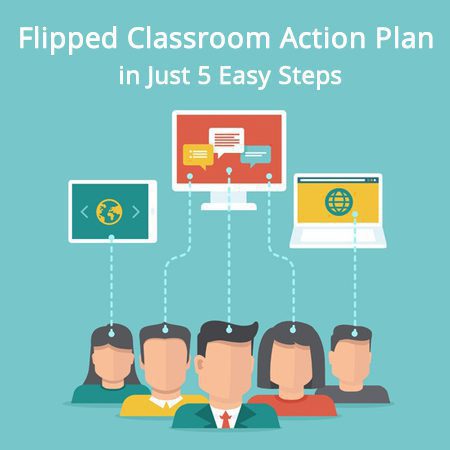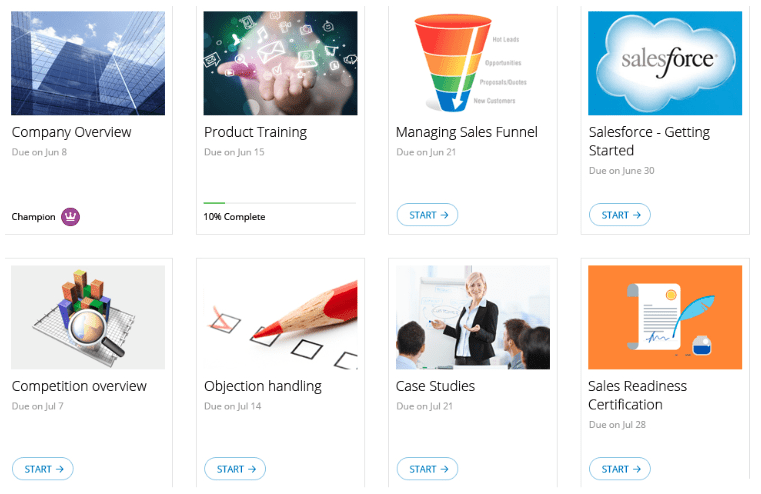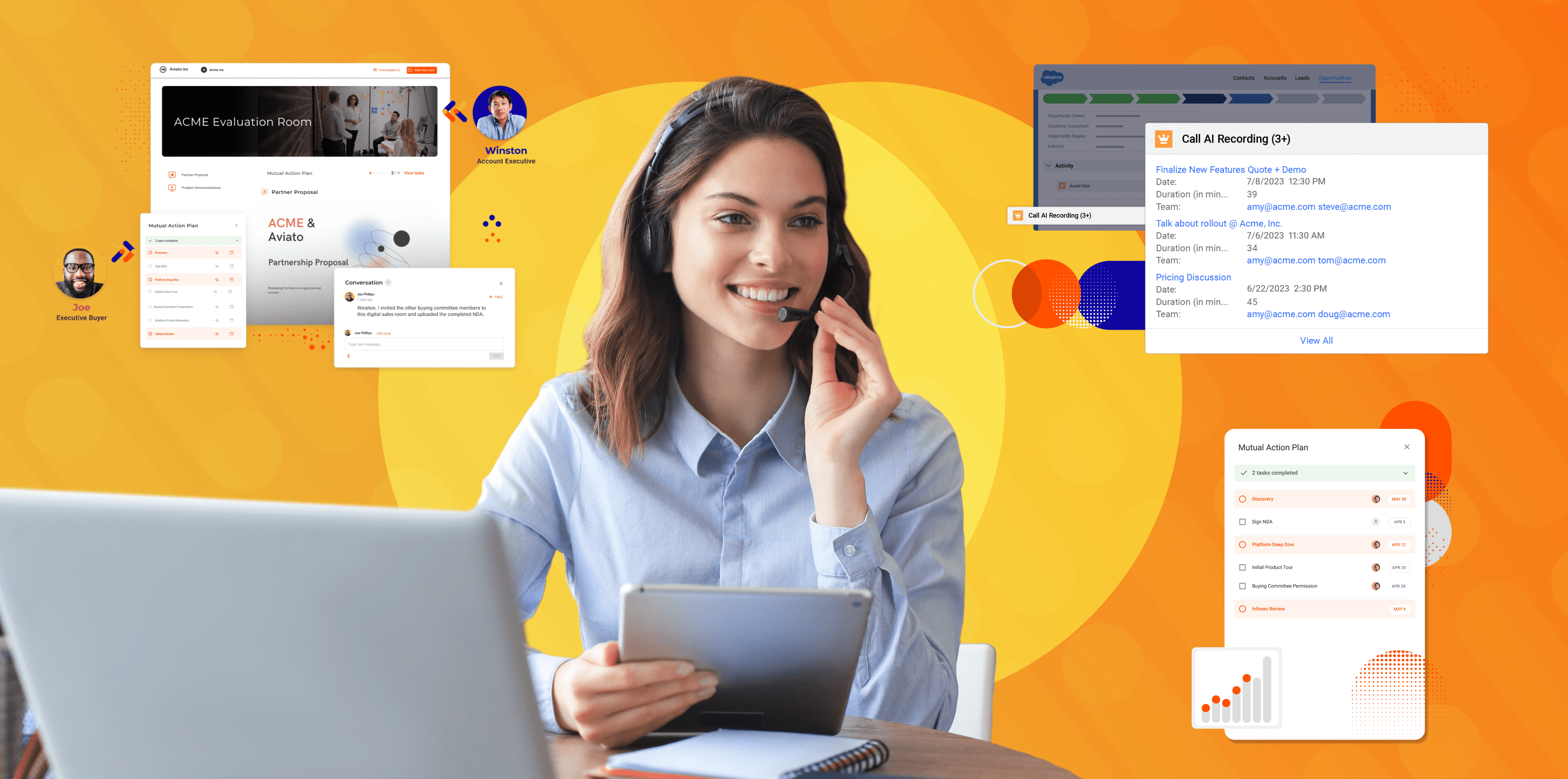
Companies that implement ongoing education for their employees are setting the stage for long-term success. Your employees need to upgrade and broaden their skills periodically as well as stay familiar with the latest industry trends, technology, and practices.
This can’t be understated. Technology evolves rapidly in most industries. Failure to maintain the skills needed to succeed, makes it challenging for employees to perform their duties with any degree of productivity.
The reality of implementing ongoing training consistently with sales reps in the field, customer service agents on the go and busy remote employees, is an entirely different story altogether…
The flipped classroom approach presents a highly scalable way of making an ongoing training program a reality for any business that needs to keep employees up to date. The premise behind the flipped classroom is to create an environment where the lecture and homework aspects of your course are reversed. Today’s employee, more tech-savvy than ever before, is used to consuming learning content online. This enables trainers or managers to spend time in class engaging in discussion, applying concepts and answering employee questions.
In 4 Signs You Should Invest in a Flipped Classroom, we gave you a few questions to consider for an investment in the flipped classroom approach. Here is step by step tips on how to develop and implement the flipped classroom for your organization.
Action Plan for Developing Your Flipped Classroom Training
- Start By Setting Objectives – It’s important to know your objectives before you start designing a plan. Set the end objectives you want to achieve with your training program. For example, assume a bunch of new sales hires are joining soon. Objectives of the training could be focused on getting the sales reps prepared on buyer personas, buying habits, customer pain points and how your product addresses the customer’s needs. In addition, objectives could also cover how your product solves the customer’s problem and the positive impact.
- Develop a Training Plan – Once you identify what outcomes are needed from the learning activity, decide on the optimal mix of training content for your organization and develop an outline. Create a training structure based on your objectives and priorities. Then, identify topics that go inside each of the training elements.


Mindtickle Sales Onboarding Course Example
Note that there is no one size fits all solution. Instead, customize your approach to every topic keeping in mind the opportunity for pre-work. You want to first have employees experience the learning activity on their own, then come to the classroom prepared for discussion.
3. Prepare Content for the Training – Video is an excellent medium for delivering the flipped classroom approach and preparation will reduce the amount of time it takes to produce the videos. (Unless you are an improv whiz!). For example in sales onboarding, simply record your “A player pitch” for a highly engaging demo to use in your training.
As you review content, look at your objectives and include data that makes for a good introductory overview along with seminal concepts. Every topic in the Analytically evaluate if your training content will meet the objectives.
Repurpose PowerPoint presentations into smaller presentations covering the topics. Script out your presentations from slide notes. Make sure each topic is a bite-sized one so that you don’t overwhelm your employees!
Recording video is much easier than you may think. You can use your mobile phone to record videos and use simple tools to do basic editing. A parting thought on video – resist the urge to be a perfectionist when recording or editing. When delivering live training there are bound to be mistaken here and there. It’s no different with video so don’t worry about small errors!
4. Implement the Flipped Classroom – When your employees go through the course online and come back to the classroom for an effective face-to-face session, it is even more critical to foster a team of intrinsically motivated employees. Having the right incentives in place will allow you to run a successful training with enthusiastic employees. Deliver the in-class discussion questions for each topic ahead of time. Let your employees know that they should prepare for in-class conversation and questions by sharing a structured learning plan with them upfront and explaining your ground rules and expectations about participation. It is critical that they understand that those who come to training having completed the lesson, engaged and ready to ask questions to get far more out of the experience those are unprepared.
5. Evaluate Training Results – The next step is to evaluate (through an assessment) the efficiency of the training. The analysis of the training report will give you information on knowledge gaps on which your employees can be coached in the face to face session. It is important to seek feedback from your employees and deliver quizzes and assessments to ensure that you are on track to meet objectives. If some videos are not effective, find out what is effective! Finding out what works may take some time. Once the flipped training is complete deliver a final assessment to evaluate knowledge. Now your employees are prepared to do their job efficiently!
With the flipped classroom it is important to remember that the experience can be as much of a learning experience for you as a trainer as it is for your trainees. No doubt there is a learning curve and there may also be some resistance as you make the shift away from more traditional approaches to the flipped classroom model. Give the flipped classroom a chance and keep iterating to meet your organization’s goals!
What do you think about the flipped classroom approach?








